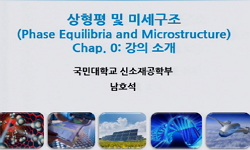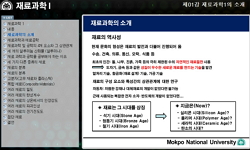Wire arc additive manufacturing (WAAM) is a process that combines an electric arc as a heat source and a wire as feedstock to build a component layer by layer. In arc welding, heat input is an important characteristic because it influences the cooling...
http://chineseinput.net/에서 pinyin(병음)방식으로 중국어를 변환할 수 있습니다.
변환된 중국어를 복사하여 사용하시면 됩니다.
- 中文 을 입력하시려면 zhongwen을 입력하시고 space를누르시면됩니다.
- 北京 을 입력하시려면 beijing을 입력하시고 space를 누르시면 됩니다.
New insight into the effect of heat input on microstructure and mechanical property of wire arc additive manufactured Ti64 alloy
한글로보기https://www.riss.kr/link?id=A107763152
- 저자
- 발행기관
- 학술지명
- 권호사항
-
발행연도
2021
-
작성언어
English
- 주제어
-
자료형태
학술저널
-
수록면
216-216(1쪽)
- 제공처
-
0
상세조회 -
0
다운로드
부가정보
다국어 초록 (Multilingual Abstract)
Wire arc additive manufacturing (WAAM) is a process that combines an electric arc as a heat source and a wire as feedstock to build a component layer by layer. In arc welding, heat input is an important characteristic because it influences the cooling rate, which could affect the mechanical properties and microstructure of the deposition part. We investigated the effect of heat input on the microstructure and mechanical property of the additive layer manufactured for Ti64 alloys. High-heat input (H; 1 kJ/mm) produced a columnar grain exhibiting a large anisotropic property of tensile strength. Low-heat input (L; 0.5 kJ/mm) transformed the columnar grains to the equiaxed ones, and its reason was associated with the solidification cooling rates accelerated. However, the H specimens exhibited a larger tensile strength and hardness than the L specimens, which can be explained by volume fraction of the hardened phase (α’ martensite and secondary α). The microstructure in H and L specimens were further identified by SEM-EDX and TEM. The thermal history in the WAAM deposits was also simulated using finite element method. At the certain temperature gradient, the faster cooling rates produced the more fraction of the equiaxed grains. Furthermore, the H specimens exhibited more thermal cycles calculated to verify the condition that can produce more α’ martensite and secondary α. Therefore, the L specimen changed the grain structure to equiaxed one and reduced the anisotropy of tensile strength significantly.
동일학술지(권/호) 다른 논문
-
해양 및 건축용 항복강도 420MPa급 강재 접합부 및 신뢰성 평가
- 대한용접·접합학회
- 정승진
- 2021
-
건축 및 해양 구조용 고성능 볼트 · 너트 개발 및 평가
- 대한용접·접합학회
- 박문우
- 2021
-
- 대한용접·접합학회
- 사바야사치
- 2021
-
신개발 420MPa급 건축구조용 내진내화강재의 소재 및 용접 기본성능 평가
- 대한용접·접합학회
- 양재근
- 2021




 DBpia
DBpia





